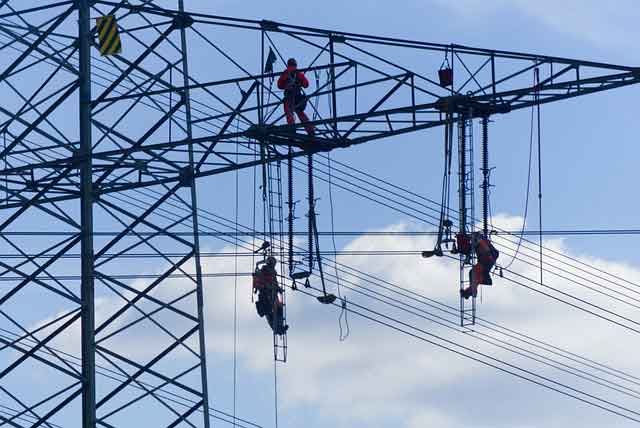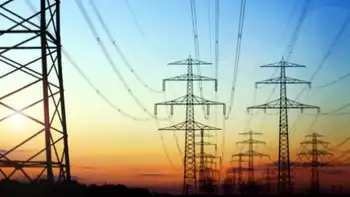Ontario to cut hydro salaries
By Toronto Star
Electrical Testing & Commissioning of Power Systems
Our customized live online or in‑person group training can be delivered to your staff at your location.

- Live Online
- 12 hours Instructor-led
- Group Training Available
Recommendations from a report prepared for Energy Minister Dwight Duncan on "fat cat" salaries in the industry will be implemented by the government, sources say. The report doesnÂ’t recommend a cap on salaries, which can top $1 million a year.
"The time for mulling it over is over," said a source familiar with the announcement.
Last year, the province's "sunshine list" of public-sector workers earning more than $100,000 included 7,000 workers at Hydro One, in charge of transmitting electricity in Ontario, and at Ontario Power Generation, which generates electricity.
A new formula will be used to calculate salaries and the cuts mean that new executive positions will come with salaries 25 to 30 per cent lower than at present.
The million-dollar-plus salaries became a political hot potato again last winter after a $3 million severance package was paid to former Hydro One chief executive Tom Parkinson – double his annual salary and bonus – when he left the Crown utility over expense account irregularities.
Concerned that pay levels were too high for publicly owned utilities, Duncan asked former Molson Inc. chief executive James Arnett to conduct a review of the sector, where executive pay ranges from $400,000 to $500,000 for the heads of B.C. Hydro and Hydro-Quebec to the $1.48 million earned by Ontario Power Generation boss Jim Hankinson.
NDP Leader Howard Hampton, who frequently uses the "fat cats" label, said the pay range shows salaries in Ontario are way out of line – with 15 executives in the province's public-energy sector making more than $470,000 a year.
However, some argue Ontario must pay more because it has a complex mix of electricity generation, including nuclear plants, where knowledgeable executives are in high demand – particularly during heat waves like the recent one.
"There are huge challenges in terms of managing a system that is adding new capacity," said Tom Adams of Energy Probe, noting that Ontario is looking to build more reactors for which "there is a very narrow pool of talent available."
The salary calculation formula will be based on levels throughout the electricity industry that is facing challenges worldwide as demand for power grows.
"It's a report that appears to balance the need for competitive compensation and responsibility to ratepayers," said another source.
However, Duncan said when the review was launched that reducing executive salaries wouldn't have much impact on electricity prices given that they are a relatively small component of the overall expense.
Existing contracts like Hankinson's at OPG, which doesn't expire until mid-2008, will not be affected.
"You just don't go in and rip up existing contracts," the source added.
Observers say the government has to walk a fine line on pay levels for fear of causing an exodus of expertise at a time when officials are importing power – and sometimes ordering brownouts at times of peak usage – because Ontario can barely make and import enough power to meet its needs.
The review by Arnett, expected to cost $300,000, has been attacked by opposition parties as an expensive way to neutralize a sensitive political issue in an election year.
Arnett is also looking at ways to reduce "overlap and duplication" at agencies created after Ontario Hydro was broken up in 1998.











